Effective Acupressure Points for Chest Congestion Relief
Are you struggling with persistent chest congestion that makes it difficult to breathe and function normally? Acupressure, a technique rooted in Traditional Chinese Medicine (TCM), may offer the relief you need. We consulted Ms. Mai Sogawa, a renowned TCM therapist from Japan, to share her insights on the most effective acupressure points for chest congestion relief. You can learn more about Ms. Mai and her expertise here.
Chest congestion can be particularly challenging and disruptive, but utilizing specific acupressure points can help alleviate the symptoms and bring much-needed relief. Here are the most effective acupressure points for chest congestion relief, according to Ms. Mai Sogawa.
LU-1 (Central Residence)
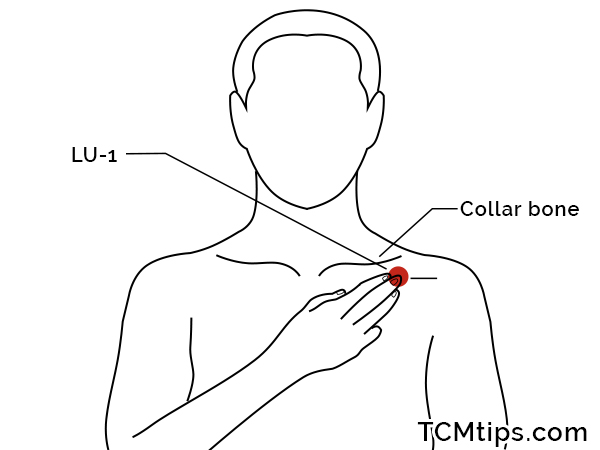
LU-1, also known as Central Residence, is located on the chest, slightly below the collarbone. This acupressure point is beneficial for:
- Relieving chest congestion
- Enhancing lung capacity
- Reducing coughing and phlegm
How to Locate LU-1
To find LU-1, place your fingers just below the collarbone, about three inches from the center of your chest. Apply gentle pressure with circular motions for 1-2 minutes on each side.
PC-6 (Inner Gate)
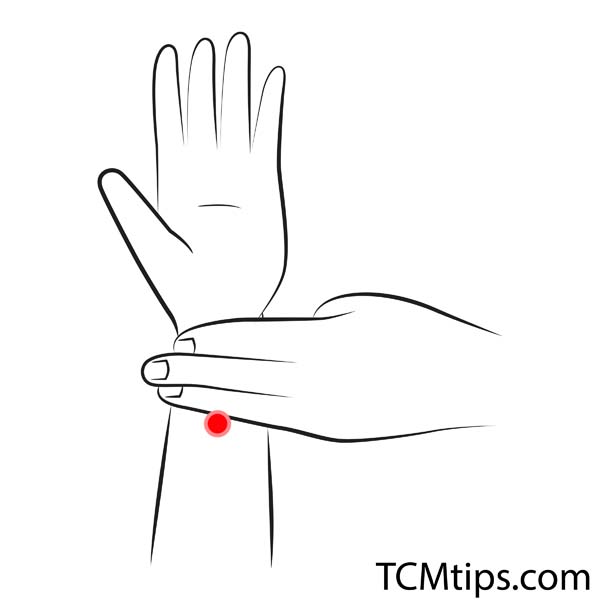
PC-6, also known as Inner Gate, is located on the inner forearm, about three finger-widths from the wrist crease. This acupressure point helps to:
- Open the chest
- Improve breathing
- Reduce chest pain and discomfort
How to Locate PC-6
To locate PC-6, measure three finger-widths from the wrist crease towards the elbow on the inner forearm. Apply firm pressure with your thumb, massaging in small circles for 1-2 minutes on each arm.
KI-6 (Shining Sea)
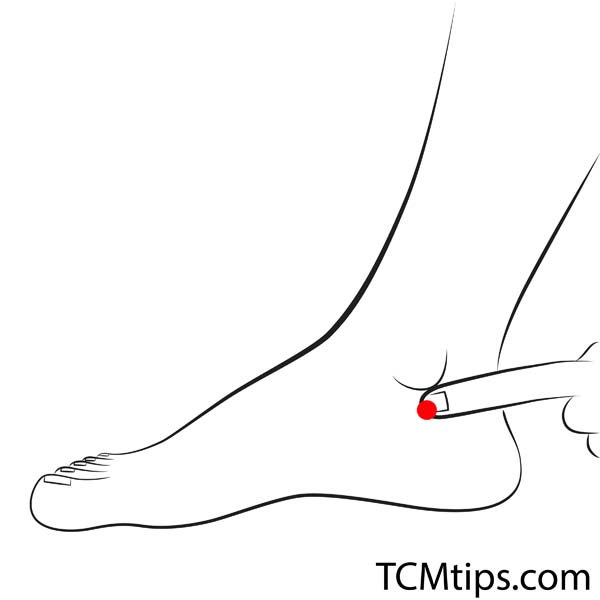
KI-6, located on the inner ankle, is effective for:
- Reducing chest congestion
- Enhancing lung and kidney function
- Improving overall respiratory health
How to Locate KI-6
To find KI-6, locate the depression below the inner ankle bone. Apply gentle pressure with your thumb, massaging in circular motions for 1-2 minutes on each side.
PC-4 (Xi-Cleft Gate)
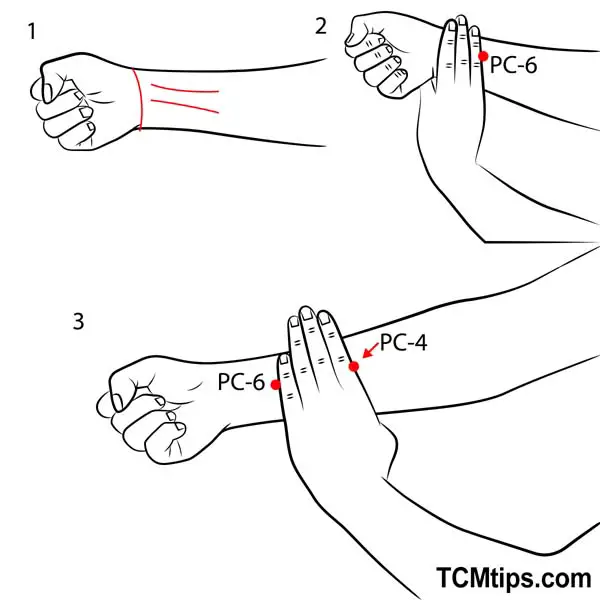
PC-4, situated on the forearm, is another critical point for chest congestion relief. It helps to:
- Clear chest congestion
- Alleviate chest pain
- Improve heart and lung function
How to Locate PC-4
To locate PC-4, measure five finger-widths from the wrist crease towards the elbow on the inner forearm. Apply firm pressure with your thumb, massaging in circular motions for 1-2 minutes on each arm.
ST-40 (Abundant Splendor)
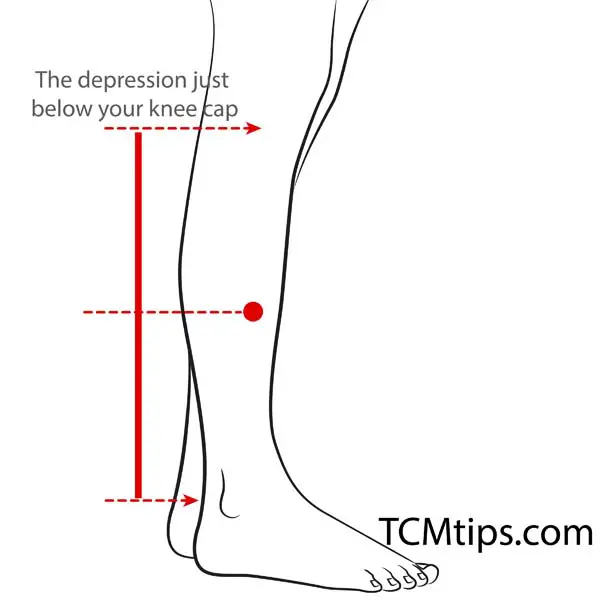
ST-40, located on the lower leg, is beneficial for:
- Clearing phlegm from the chest
- Improving respiratory function
- Reducing coughing and chest discomfort
How to Locate ST-40
To find ST-40, measure about halfway between the knee and the ankle on the outer side of the lower leg. Apply firm pressure with your thumb, massaging in circular motions for 1-2 minutes on each leg.
Tips for Effective Acupressure
- Consistency is key: Perform these acupressure techniques 2-3 times daily for the best results.
- Gentle pressure: Avoid applying too much force, especially if you are new to acupressure. Start with gentle pressure and gradually increase as needed.
- Relaxation: Ensure you are in a comfortable and relaxed position while performing acupressure to maximize its benefits.
- Hydration: Drink plenty of water to help clear mucus and assist in the healing process.
By incorporating these acupressure points into your daily routine, you can find relief from chest congestion and support your overall respiratory health. Always remember to consult a healthcare professional if your symptoms persist or worsen.

Try our Anti-Aging Gua Sha Tool designed to bring out your skin’s natural glow.
Best Gua Sha Product- Anti-Aging: The tool is designed to target 11 specific aging signs such as wrinkles and sagging skin. By following the 7-step routine, users can improve skin firmness and reduce fine lines naturally.
- Enhances Skincare Routine: It works effectively with serums and lotions, boosting absorption and efficacy of skincare products.
- Visible Skin Improvement: Users can expect a smoother complexion, reduced puffiness, and a more youthful appearance.
 P. Sze
P. Sze 


















